Fly Fishing: Swinging Streamers for Trout in Deep Water
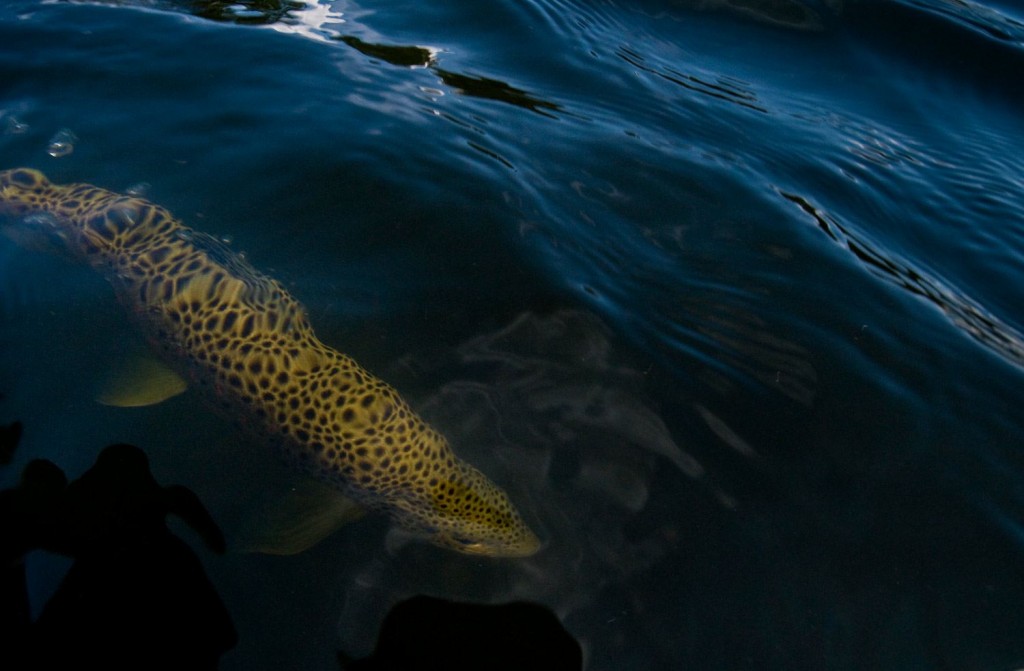
Most streamer fisherman out there would agree that pounding the river banks with a streamer will catch trout just about anywhere. If you’re willing to put in the time and hard work, eventually you’ll be rewarded with a big fish. During high water flows on rivers where habitat is insufficient out in the main river, many trout will relocate to the banks where they can use the irregular banks and it’s abundant cover to shelter themselves out of the excessive current. There next move, once they’ve gotten to the banks, is to find prime ambush spots where they can easily pick off prey moving by. This is why casting to the bank and ripping streamers back to the boat is so effective. You’re repeatedly putting your streamer right in the kitchen where good numbers of fish will be holding and regularly feeding.
Read More »Sunday Classic / Don’t Be a Sleep at the Wheel When Fishing Egg Patterns
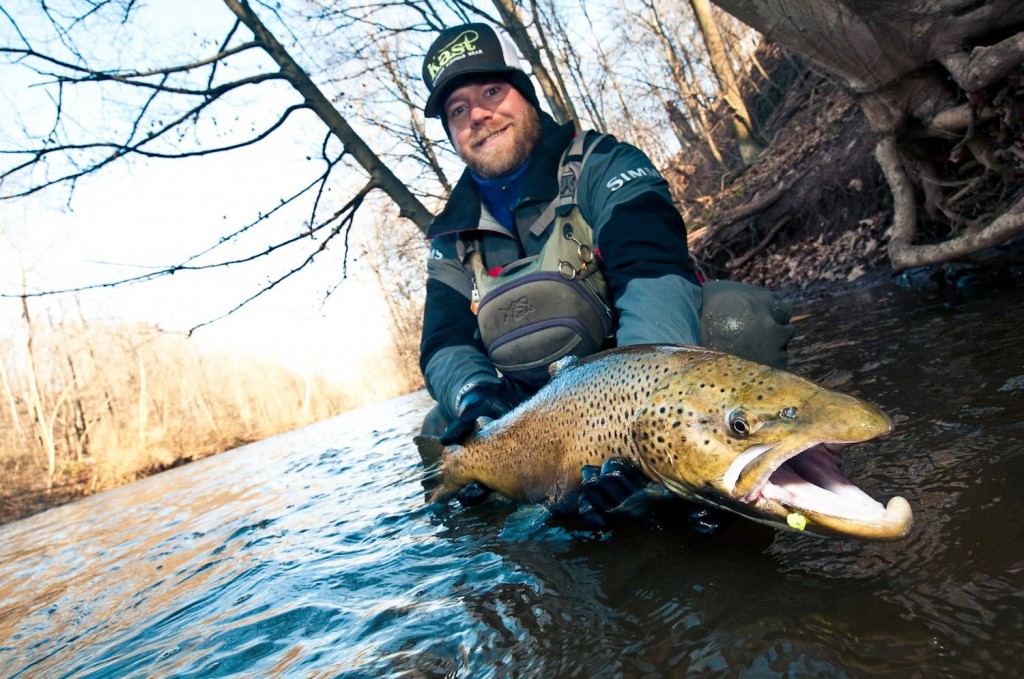
Egg patterns are a staple in my fly fishing and guiding.
Stocked trout are suckers for them, but even wild trout will gladly snack on them if you correctly put it in front of them most of the year. Several different egg imitations and sizes are available for fly anglers to fish with. Y2K’s, glow bugs, sucker spawn and nuke eggs are just a few of the variations out there. I’m all for using these effective egg patterns on the water, but there’s one very important thing fly fisherman need to understand about fishing egg patterns, and it needs to be respected. When trout eat egg patterns, they usually do so with total abandonment, and if you’re not quick to set the hook, you’ll find trout will end up getting hooked deep in their throat or gills a high percentage of the time.
I’ve noticed this a lot over the years with the clients I guide. They’ll be asleep at the wheel during their drift, and the strike indicator will bounce three or four times, and then take off before they finally get around to setting the hook. If you’re going to fish egg patterns, do the fish a favor and be ready to set the hook at the first sign of a bite, no matter how subtle it is. This will greatly cut down on your egg patterns being swallowed by the fish in the process, and you’ll be practicing respectful catch and release. If you aren’t willing to take this approach, keep your egg patterns stowed away in your fly box.
Some of you may be saying, “wait a minute Kent, it’s reasonable to think the same thing could happen with other fly patterns if you wait too long to set the hook, right?” Yes, but I’ve found the frequency of it happening is far less than when you’re fishing egg patterns. Just the other day on the water, I put this very argument to the test. My client had a banner day. We landed a great number of fish, of which, many came on our nuke egg dropper. My client was doing a brilliant job of making good presentations and fighting the fish, but he was
Read More »Saturday Shoutout / Nymphing With The Best Of ’em
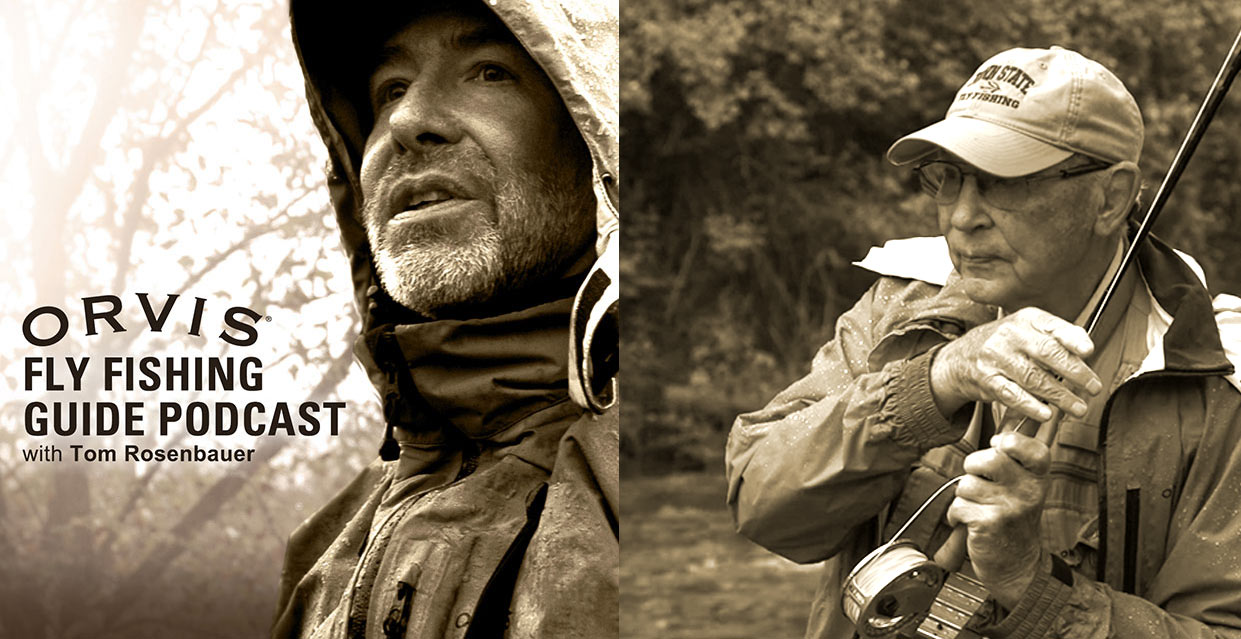
You’ll not find two fishier guys that Tom Rosenbauer and Joe Humphreys.
The Orvis Fly Fishing Guide Podcast is always an awesome place pick up tips and tricks that will put you on fish. Tom’s 2014 episode with angling legend Joe Humphreys is well worth revisiting. Joe has been an innovator and free thinker his entire career and is a wealth of insight and information. I don’t think there is anyone who can’t learn something from Joe.
Check out Tom Rosenbauer and Joe Humphreys on nymphing.
Read More »New Tippet and Wading Boots From Orvis
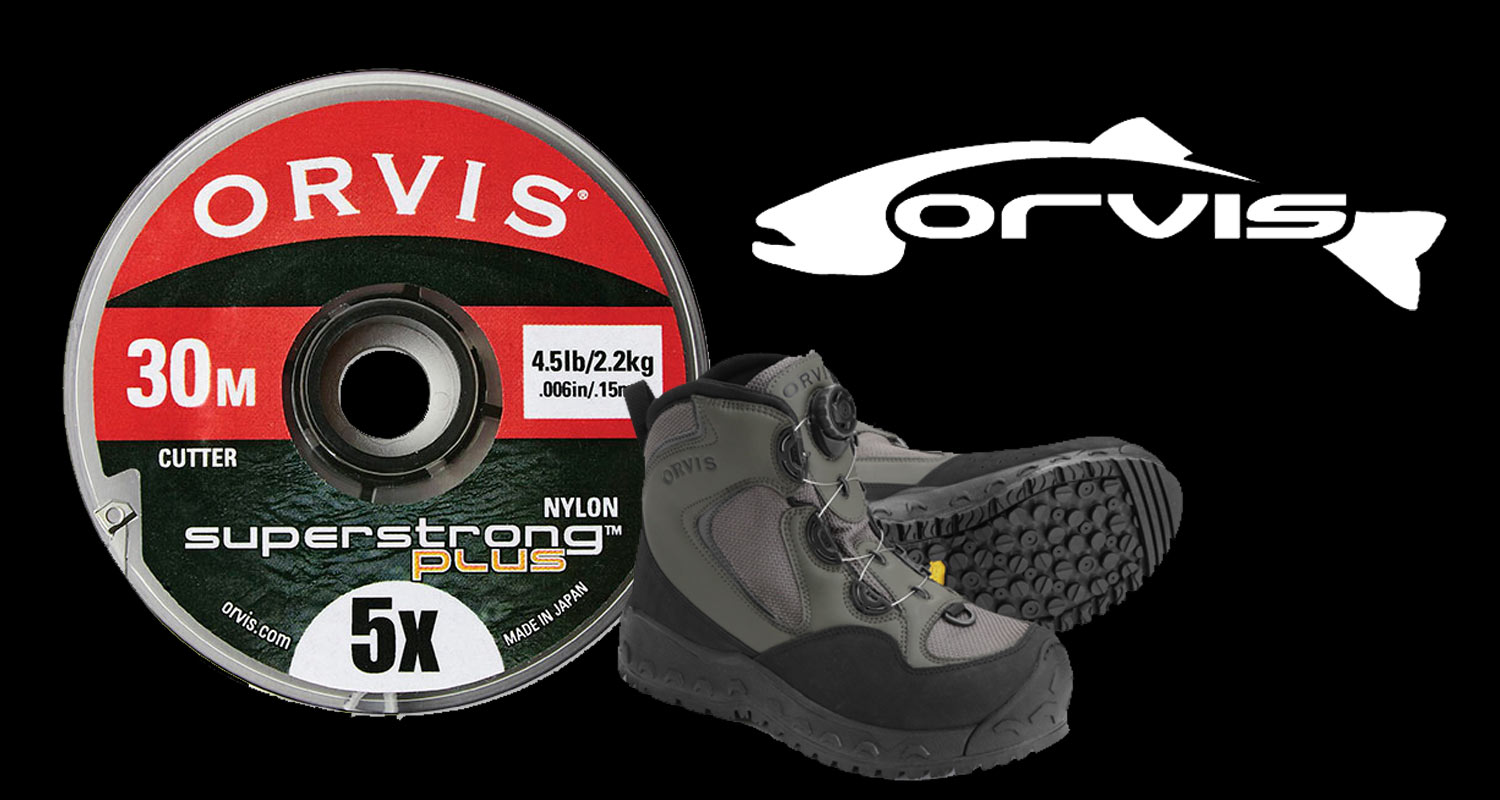
The tippet wars rage on and Orvis has a strong contender.
I’ve been using Orvis Super Strong tippet since the 1980s. It’s never let me down but Orvis saw room for improvement. The new material is true diameter and tested for wet knot strength. I talked to Tom Rosenbauer at length about the new material and the testing. It sounds pretty impressive.
Orvis also has the new Pivot wading boot. A bomb proof boot with BOA lacing, dual-durometer Vibram sole and high rubber vamp and toe cap. It’s built for comfort and durability.
WATCH THIS VIDEO WITH TOM ROSENBAUER TO GET ALL THE DETAILS ON ORVIS BOOTS AND TIPPET.
Read More »3 Reasons Fly Fisherman Should Consider Wearing A Long-Bill Hat
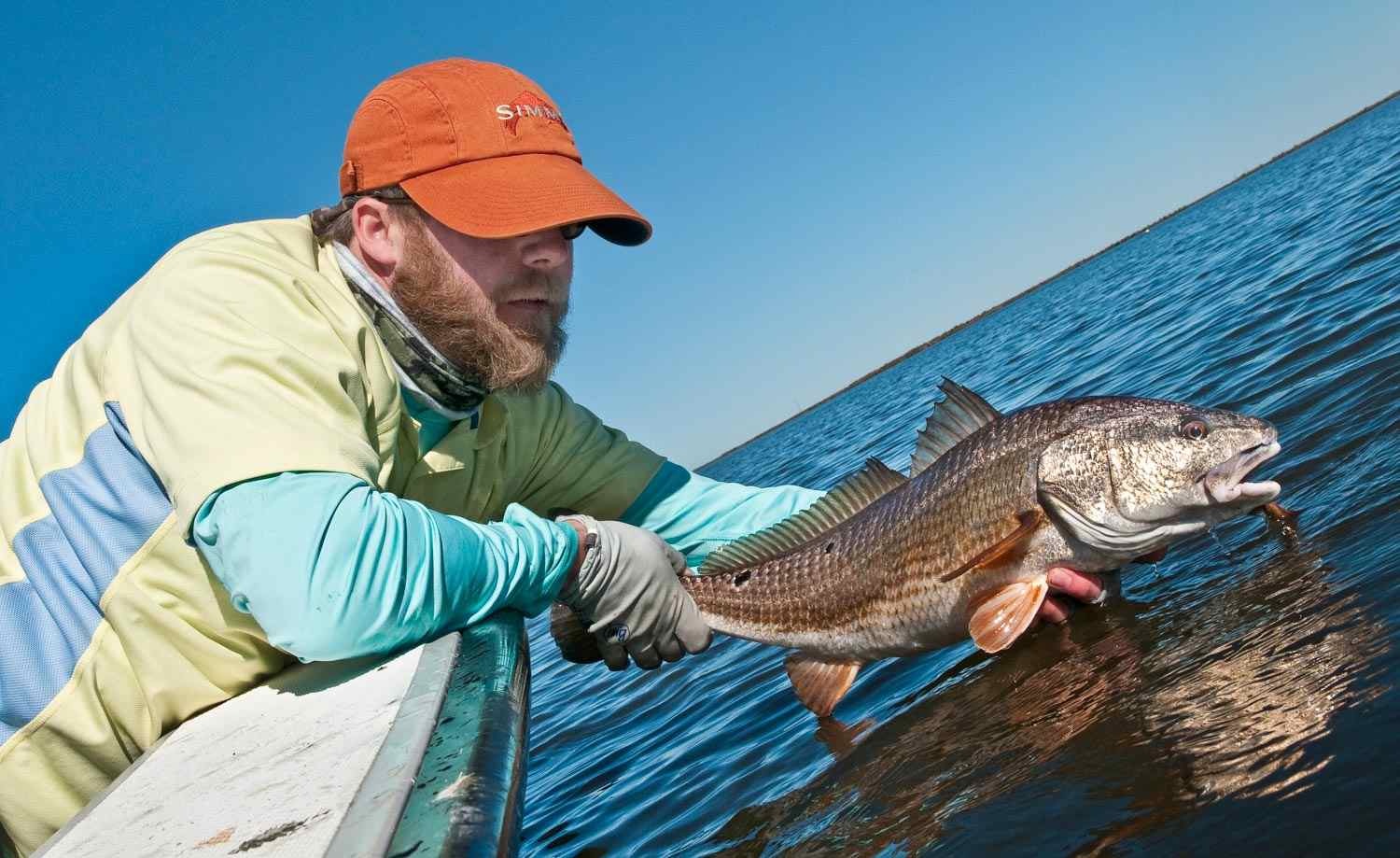
When I look at a long-bill hat, images of Ernest Hemingway, swinging wet flies on one of his favorite trout waters pops into my head. Next, I see the silhouette of the legendary fly fisherman and guide, Flip Pallot, with his masculine beard protruding beneath his long bill cap, as he stands on the platform of his skiff, pointing out a pod of tarpon to his client, at 11’oclock. There’s something really macho about dudes that can pull off wearing this type of hat. For the record, I’ve never seen myself capable of pulling off this machismo look, and in turn, I’ve spent the majority of my fly fishing career, opting instead for wearing the conservative short-bill cap. Plus, there’s no doubt that I look like a complete tool in a long-bill hat. That said, looking good on the water doesn’t help any of us catch more fish, it only helps the photographer looking through his/her lens shooting us. I’ve learned that performance is really what fly fishers, that get it at least, are really after when it comes to searching out what gear they use. For this reason, I made the decision recently to set aside my biased stance on long-bill hats, and actually wear one during a recent fly fishing trip of mine to the salt. Thank you Louis for being the friend that loaned it to me for the day, because it opened my eyes to how special and functional long-bill hats can be for not only me but to all fly anglers. Below are three reasons fly fisherman should consider purchasing and wearing a long-bill hat on their next fishing trip.
Read More »Umpqua Swiftwater ZS Tech Vest Winner
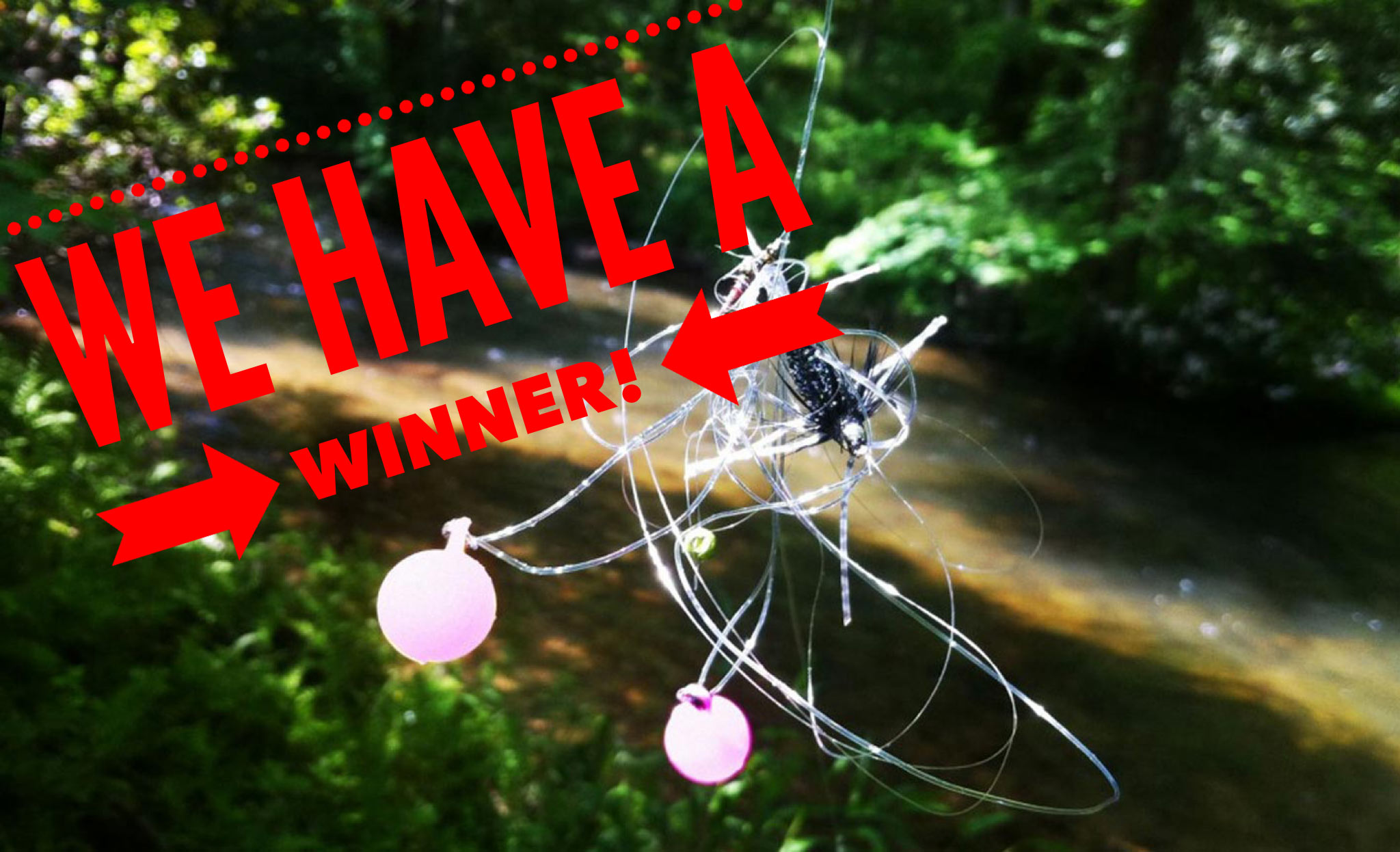
This was a fun contest.
We asked our readers to photograph their worst tangles, snags and clusters for the chance to win a new Umpqua Swiftwater ZS Tech Vest and some of them got pretty serious. You can see all of the entries by going to Instagram and searching #ginkzerosweep.
NOW THE LUCKY TANGLER IS GOING TO HAVE A SWEET NEW VEST FOR THOSE UNRULY COILS OF MONO.
Inspired by the needs of the U.S. fly-fishing team, the Swiftwater ZS hauls and organizes the most comprehensive stream assault like no other vest. Neck fatigue and forward creep created by heavy frontal fly box loads are eliminated with a fully cushioned waist belt and shoulder straps. This updated version now has two full-length, vertical zippers, accessing both left and right front compartments. This new design has almost double the storage and organization up front. The back compartment is now a full day-pack with 800 cubic inches of additional storage. Four Zero Sweep™ retractor stations, two Zero Sweep™ tool sheaths and two Zero Sweep™ foam fly patch stations (includes on foam patch) round out this carry-all vest.
And the winner is…
Read More »7 Tips For Making Better Backhand Fly Casts
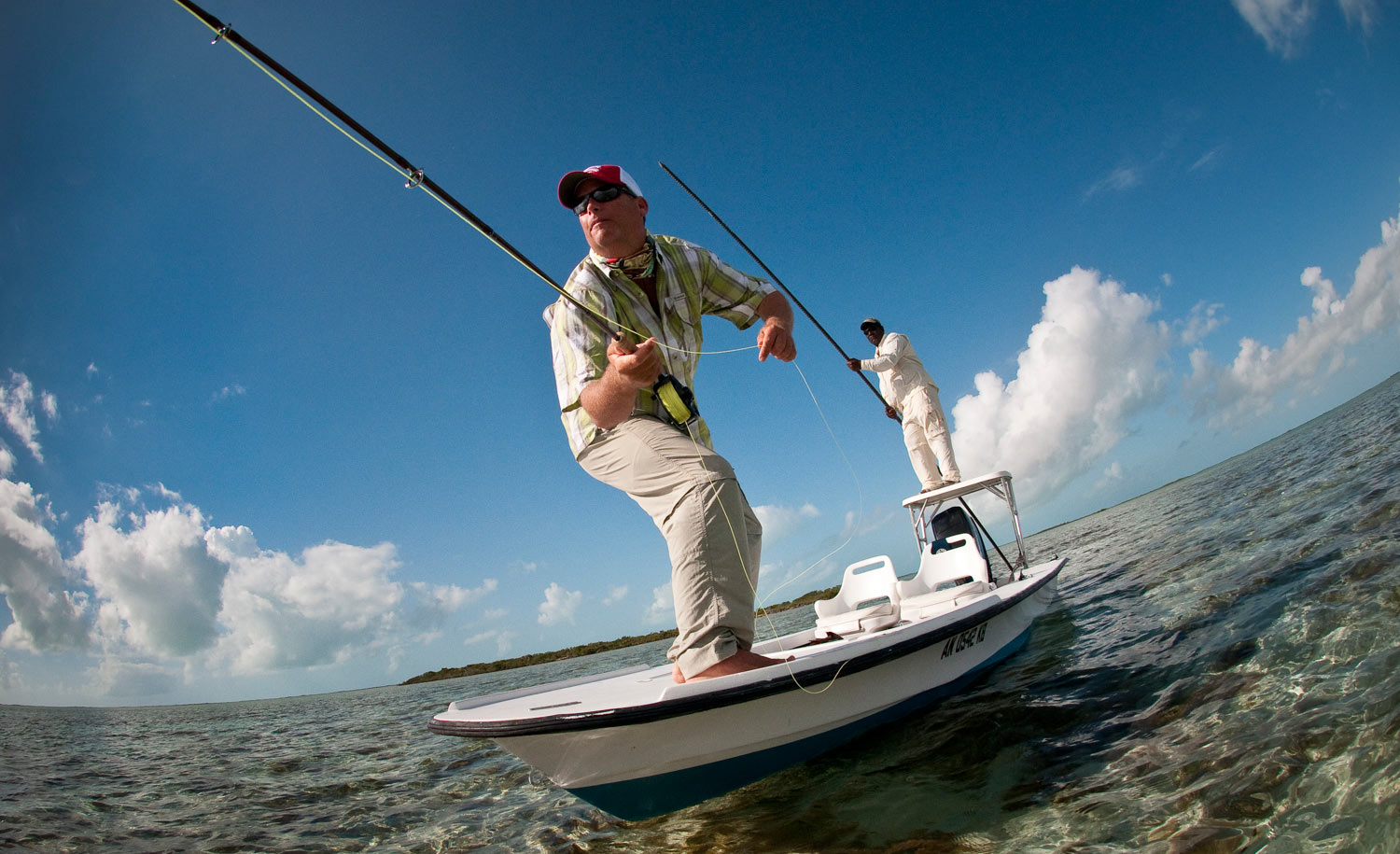
Better Backhand Casting Is All In Your Head. If you are struggling to make a backhand cast, the problem is mental, not physical.
I can’t tell you how many anglers have told me they have a weak or poor backhand cast, or can’t make one at all. It often comes up when we are deciding who’s fishing on which end of the boat. My answer is always, “It makes no difference to me,” and it really shouldn’t to you either. The truth is, if you can make a forward cast you can not only make a backhand cast, you’re doing it already.
The fly cast is symmetrical. It’s impossible to make a good forward cast without first making a good back cast. All of the skills you need to present that back cast successfully are already in use to make a good back cast. Once you get your head around that, making a good backhand cast is almost automatic. The problems happen when anglers change their casting technique to make a backhand cast. It’s all in how you think about it.
Here are a couple of tips to help you make a better backhand cast
DON’T TRY TO CAST ACROSS YOUR BODY.
Most anglers approach the backhand cast by trying to throw a cast directly out to their side, by casting across their body. If you are very strong and really understand the casting stroke, this is doable but it’s usually a recipe for disaster. Take advantage of your body’s natural strength and muscle memory by turning your back on your target and looking over your shoulder. This is even easier if you are comfortable with a sidearm cast.
KEEP THE STROKE SHORT
Another common problem is using too long a casting stroke. Psychologically, most anglers equate giving a cast power to using a longer stroke. This is of course not true. The length of your casting stroke is determined by the length of the line outside the tip top and nothing else.
KEEP THE ROD MOVING IN A STRAIGHT LINE
Too many anglers, when trying to make a backhand cast, end up with a casting stroke that looks more like what you’d expect on a tennis court than a river. This is usually because they are breaking the first rule and casting across their body. Remember, that for a good fly cast, the tip of the rod must travel in a straight line.
STOP THE ROD
Read More »Omar
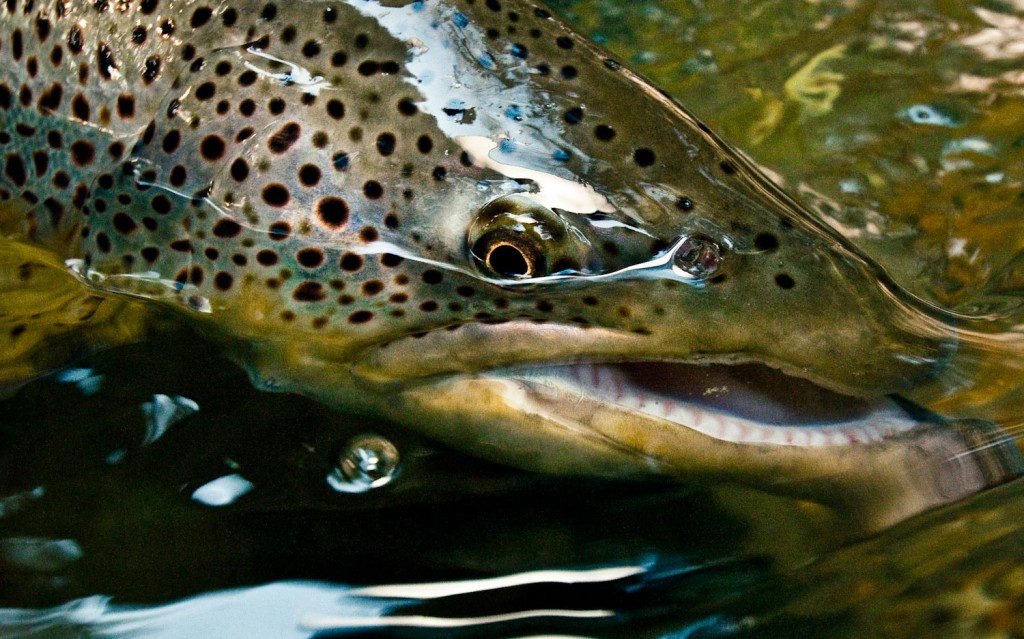
“HE LEARNED, BECAME OLDER, WISER AND, YES, BIGGER. HE BECAME A BETTER FISH AND TO CATCH HIM I WOULD HAVE TO BECOME A BETTER MAN.”
Omar was a tough guy. Mean, if you got right down to it. A loner. Seldom seen, and when he was, there’d be a fight. Still, there were a great many things about Omar that you couldn’t help but find beautiful. The most remarkable being his smile. A mischievous maw, impish and wicked. A jaw like a big chrome bumper, gleaming with perfect white teeth. A rip saw for a mouth.
His physicality was striking. Taut as a bow string, his muscles refined and specialized like an Olympic athlete. He seemed misplaced in time. An evolutionary leap forward, or maybe back. His body like a blade carried by some ancient Samurai. Hardened, honed, perfect in every detail, unsheathed and set free of its master, to do as it will.
Like Ali in his youth, cocky and brash. The kind of confidence that you just knew would get him into trouble. Like Hemingway in old age, dark and brooding but still dangerous. The old man that might still issue you an ass beating if he didn’t like your looks. Omar asked for nothing. He took what he pleased and he demanded respect. He reminded me of my father, and maybe that’s why I loved him.
Omar was twenty-two when I first met him. It was in the fall and the trees were red and gold. The days were getting cold and the sun huddled close to the horizon. There had been a heavy rain and Fightingtown Creek was high with just a bit of olive color. The fishing had been slow and I was cold and tired.
The sun never really finds its way into that creek for long. Peering up through a gap in the rhododendron, bright slashes of amber in the tree tops told me the day was winding down. I cast a small streamer into a bend upstream and waited as the current swept it under a Buick size boulder at the head of a deep run. I stripped and my line came tight.
The name Fightingtown is a bit of a mystery. I’ve been told that there was an Native American village on the headwaters in a place now called the Big Frog Wilderness. The old people say that the Indians kept bull frogs and made them fight for sport. The white men called the village “Big Frog Fighting Town.”
I don’t know if any of that is true but it could be. The place is near the sight of Fort Gilmer where, in 1838, General Winfield Scott and his men, under the terms of the New Echota treaty, rounded up the last of the Cherokee Indians in Georgia and began the westward march we know as the Trail of Tears. It’s easy to believe that some of that native blood was spilled into the water of Fightingtown. At any rate, the name suits it.
Everything about Fightingtown creek is inhospitable. It’s a thicket, a briar patch, the home of Brer Rabbit. In the days, when I met Omar, it ran high and hard over slick rocks with sharp edges. I seldom left there without water in my waders, and often I was bleeding. My face scratched from pushing through mountain laurel, spider webs clinging to my ears.
It winds like a labyrinth through hills as craggy and scarred as the faces that glare over shotgun barrels in its headwaters, places like Hells Holler and Devils Den. It flows past forgotten cemeteries and auto graveyards, past crumbling abandoned home places and hemlocks as old as the sky. It turns back on itself so often you start to think it runs up hill. It is the lost soul of Appalachia. It is my home water.
“Those Fightingtown fish are bullies,” my buddy Dan always said
Read More »Saturday Shoutout / The Last Great Place
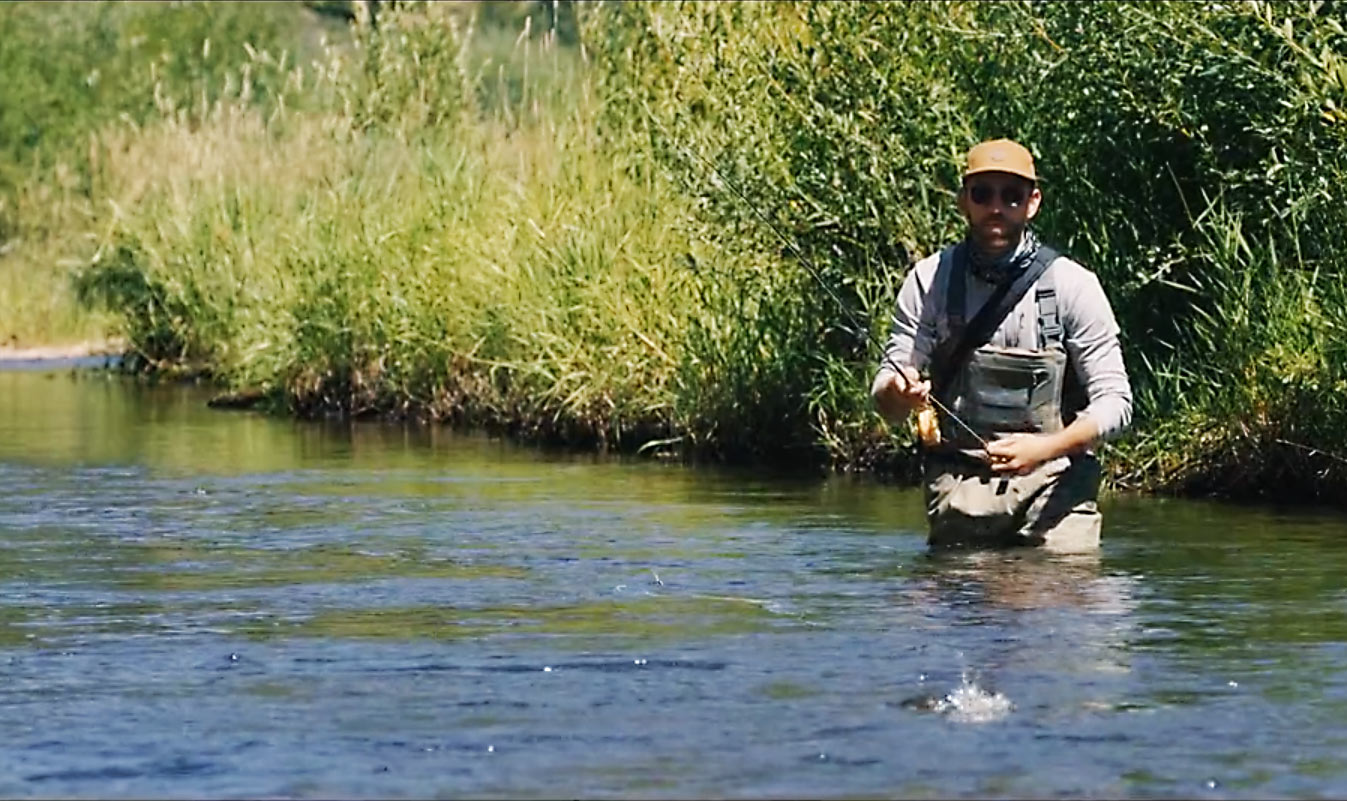
Montana’s Clark Fork system is wild and beautiful, but not without its challenges.
This beautifully shot and edited film from Zangs Flims, sourced from The Venturing Angler, will leave you yearning for some real adventure. Beautiful scenery, great fishing and some knowledge about one of America’s greatest rivers.
“Join us as we embark on a week long, self-guided fly fishing trip to explore the unbelievably beautiful, natural landscapes that characterize the headwaters of the immense Clark Fork watershed, and document the sights and sounds of the abundance of wildlife that inhabits this ever-shrinking expanse of western wilderness – an area that many have come to call, The Last Great Place.
To learn more about how you can contribute to much-needed and ongoing conservation efforts in this alluring slice of western Montana, feel free to visit the Clark Fork Coalition’s website below:”
Read More »Fly Fishing: Salt Life Isn’t Always Fair
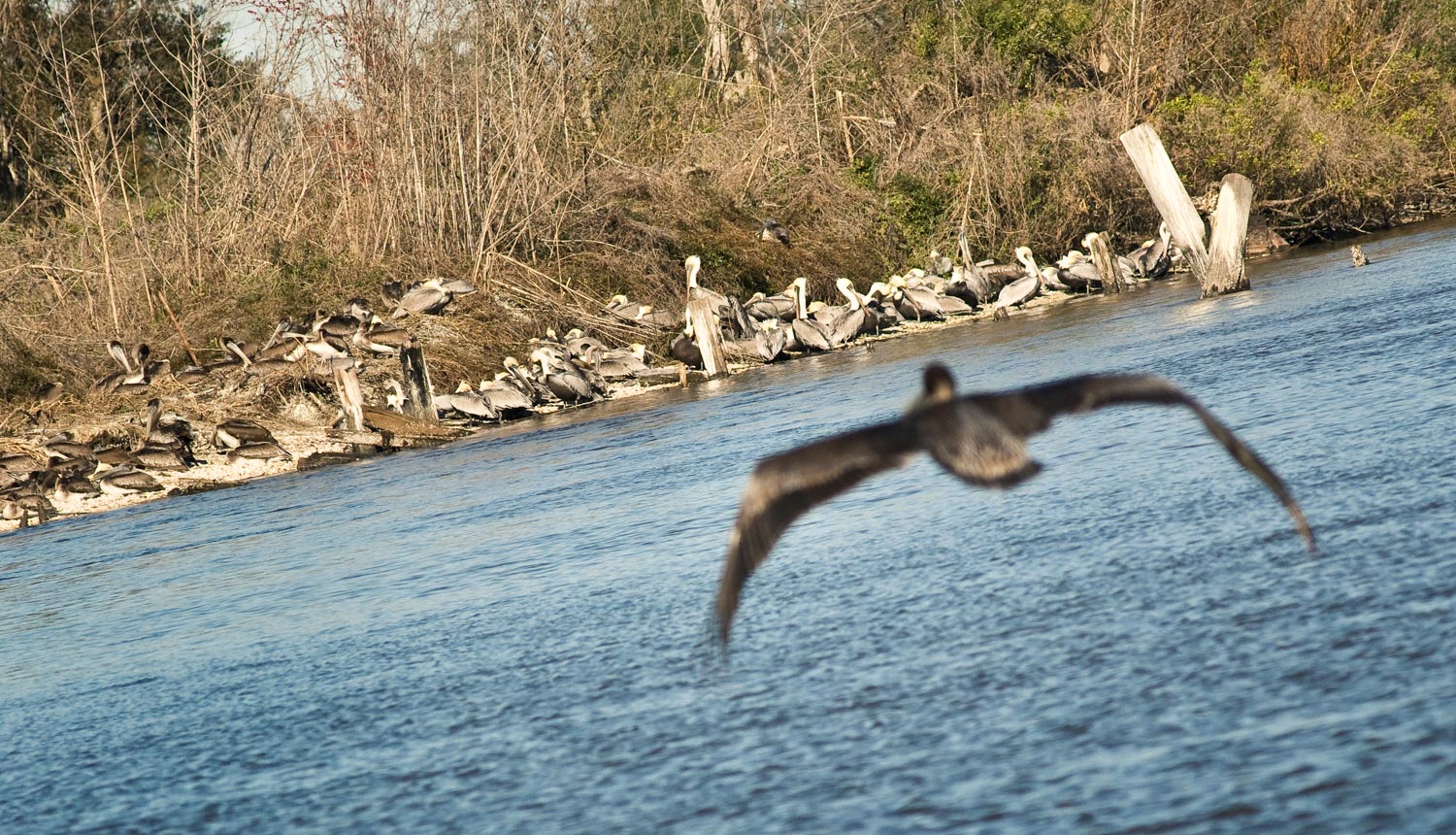
MY PREVIOUS FISHING TRIP TO THE SALT REMINDED ME LIFE IS NOT ALWAYS FAIR
Wool socks and thermals on, fleece on top of that, buff raised high on the nose, I battened down the hatches on my final layer of protection, my rain jacket and pants. Wind howling and white caps crashing in the distance, I try to pretend my finger tips aren’t tingling with pain from the bitter cold morning temperatures. As we motor down the canal towards the redfish grounds, with the pier very much still in sight, I already find myself thinking, “Today’s fly fishing is going to suck”.
I’ve spent enough time on the water over the years to know when there’s little hope for fishing success, and I no longer feel obligated to torture myself, hoping for a miracle to happen or spend the day falsely proclaiming to my buddies, all is good. Today, not even the pelicans think it’s worth their time to head out fishing. Their huddled together on the bank with their beaks tucked tight against their chest. They’re noticeably shivering, clearly not happy, and they’ve all somehow found a way to agree it’s a good idea for them to check their egos, in the off chance they can gain some warmth in numbers.
Yesterday, of course, the weather was absolutely perfect. Unfortunately, that beautiful fishing day was spent driving the eight hours down to Delacroix, LA and our fly rods were stowed in their tubes. Why does it always seem to play out this way for me? I’ve been looking forward to heading down south to get my saltwater fix for months, and I’ve even managed to get two of my favorite buddies to accompany me on the trip. We finally get here, and our first day is a total bust, from the horrible weather. What can I say, life in the salt isn’t always fair. That’s at least what I’ve learned as a mountain man and trout fisherman who only finds a couple times a year to head down for some fly fishing in the salt. I always remember to say my pre-trip prayers to the Fish Gods, problem is, my prayers aren’t usually answered.
Read More »